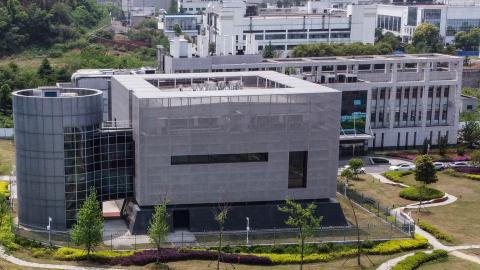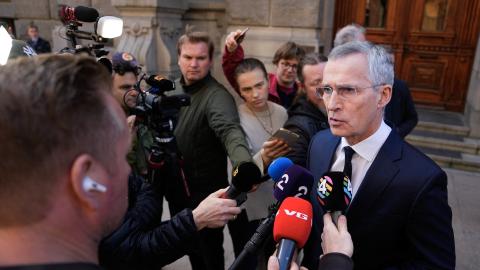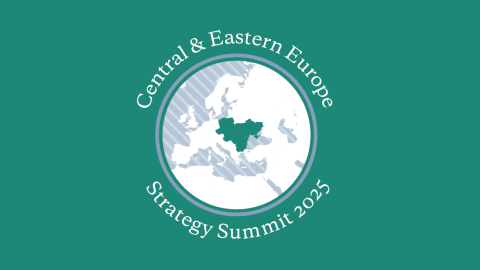Across the globe, the reaction of countries to the Covid-19 pandemic is to lock down borders both internal and external. The world’s largest democracy, India, too has belatedly decided to do the same.
The pandemic, however, has demonstrated a stark reality: countries — such as Singapore and South Korea — that invested in human capital, especially education and health, are doing better than others.
India’s abysmal investment in human capital will be one of the challenges that will stymie the Narendra Modi government’s efforts to combat the pandemic.
India has the capacity
As of now, the world’s largest democracy of 1.3 billion people, has only reported 727 confirmed cases and 20 deaths. That incredibly low number will, however, rise in the coming days and weeks.
The lockdown will impose a strain on not just India’s healthcare system but also its transport infrastructure, including delivery of food, water and essential services. India struggles in providing basic goods and services to its people under normal conditions.
The Indian state, however, has the potential for mobilising and executing complex logistical feats.
The Kumbh Mela, one of the largest religious gatherings in the world, is held every 12 years. Each time, states across northern India are able to ensure that millions of pilgrims and tourists attending the religious assembly have access to food, sanitation, water, and electricity.
For the 2019 gathering, attended by 150 million people, a temporary city was constructed; special trains and planes carried pilgrims and tourists; and a special police force and district administration were created.
Yet, within 24 hours after the start of the current Indian lockdown due to coronavirus, there are reports of doctors and essential service personnel being prevented from movement, trucks carrying food and essential services being stranded on highways and a sense of panic on the streets.
This begs the question: how can India ensure excellent arrangements for millions of people for a once-in-six-years religious gathering while it fails to provide the same basic amenities to its citizens on a regular basis and especially during a pandemic?
The Indus Valley heritage
It all comes down to determining priorities and executing plans effectively. Indians have, for thousands of years, demonstrated their capacity to build and maintain functioning cities.
Archaeologists have found evidence of well laid out and planned cities from the Indus Valley civilisation, one of the oldest in the world and the oldest in the Indian subcontinent. Harappa and Mohenjodaro, built around 5,000 years ago, had public as well as private bathrooms, covered drains, streets arranged so that they could be regularly cleaned, and granaries for their residents.
If a country inheriting that civilisational legacy now has an abysmal record on these fronts, it reflects poor governance, not an inherent incapacity for organisation and discipline.
Broken healthcare sector
India’s healthcare is an area where mis-governance has undermined the development of human capital. Healthcare is important for developing human capital, because a sick population loses productivity and drains resources from the healthy to care for the ill. Unfortunately, India has failed to invest in the type of healthcare infrastructure needed to support its population.
The Indian government has been slow in providing its people with serious preventative care — immunisation, access to safe water, decent sanitation, and nutritional support for children. This shifts a disproportionate amount of healthcare costs onto individuals.
India spends 1.28 per cent of GDP on health, and has one of the world’s lowest shares of public spending in total health spending (29 per cent) and one of the highest share of private spending (71 per cent) and share of out of pocket private spending (61 per cent) in total health spending.
The Indian government regulates healthcare tightly, but the centrally administered health networks are grossly dysfunctional. If we look at the supply side, even though the government spends money on primary care infrastructure and personnel, it delivers care that is no better in competence and much more labour-intensive than the private sector. Turning to the demand side, surveys show that patients often prefer to go to a fee-charging doctor who will treat them with more consideration even when private doctors are less qualified than doctors in government hospitals.
Underinvestment for decades
India also faces a shortage of trained doctors. According to a 2015 study, India needs at least 400,000 physicians to fit its needs, but barely has 90,000 qualified professionals. Moreover, India also suffers from brain drain in the healthcare sector.
Over the years, India has underinvested in its cities, its institutions, and most of all its people. Unlike many of India’s challenges, the failure to invest in human capital is not a product of ideological divide. It is the function of petty political division, legacies of big government, lack of foresight, and the type of simple mismanagement that is common to developing countries.
Faced with a pandemic that has the ability to test every institution of governance, the Indian state needs to respond in the same coordinated manner that it does when it comes to the Kumbh Mela. Smart but difficult statecraft is necessary to pull India out of this crisis.
Read in The Print



















